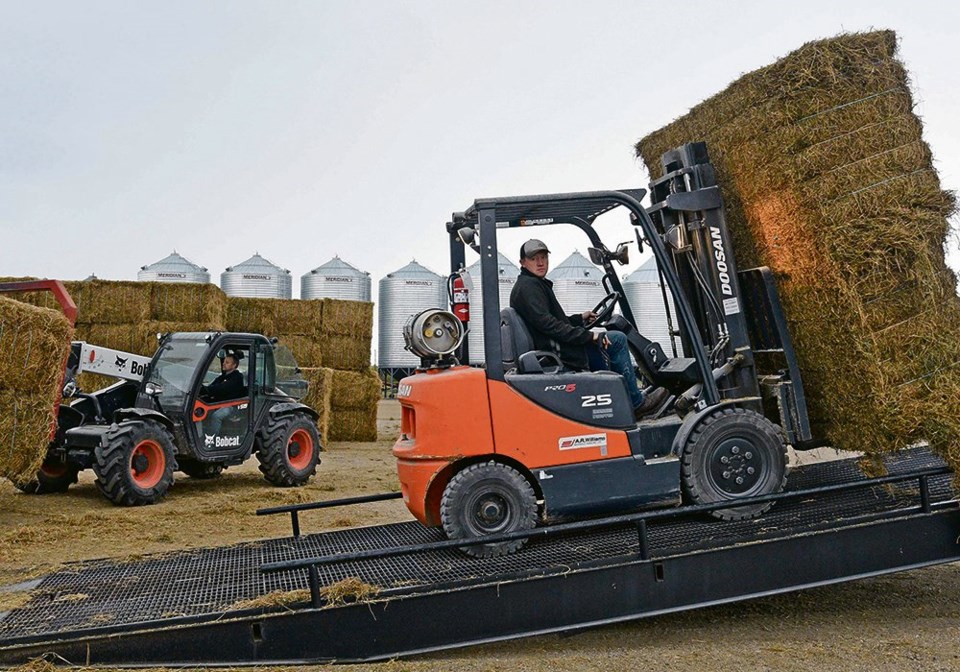ESTEVAN - More rainfall has delayed pesticide spraying and haying operations in much of the region. While the rain was welcomed by many, producers would like warm and dry weather soon to help crops recover from excess moisture damage. Overall crops are in good condition but are behind their normal stages of development for this time of year.
Rainfall in the region ranged from trace amounts to 63 mm in the Wilcox area. The Redvers area received 56 mm of rainfall, the Radville area 35 mm, the Whitewood area 33 mm, the Broadview area 30 mm, the Moose Jaw area 24 mm, the Weyburn area 22 mm, the Glenavon area 17 mm, the Carnduff area 16 mm, the Outram area 15 mm, the Indian Head area 14 mm, the Avonlea area 10 mm. There were several reports of localized heavy downpours that caused some flooding in the Redvers area.
Cropland topsoil moisture conditions are currently rated as 13 per cent surplus, 80 per cent adequate and seven per cent short. Hay and pasture land topsoil moisture is rated as seven per cent surplus, 88 per cent adequate and five per cent short. Crop District 1B is reporting that 20 per cent of the cropland and 11 per cent of the hay and pasture land has surplus topsoil moisture at this time.
Haying operations continue when producers are able to get out into the field; there have been many delays due to excess moisture and poor drying conditions from the frequent rain and high humidity. Livestock producers now have seven per cent of the hay crop cut and two per cent has been baled or put into silage. Hay quality at this time is rated as 17 per cent excellent and 83 per cent good.
Pastures continue to improve and are now rated as 32 per cent excellent, 63 per cent good and five per cent fair.
Most crop damage this past week was due to localized flooding, hail, strong winds and lack of moisture. Gophers continue to be an issue across the region while grasshopper populations are growing in many southern and western areas. Producers are busy controlling these pest outbreaks when warranted.




